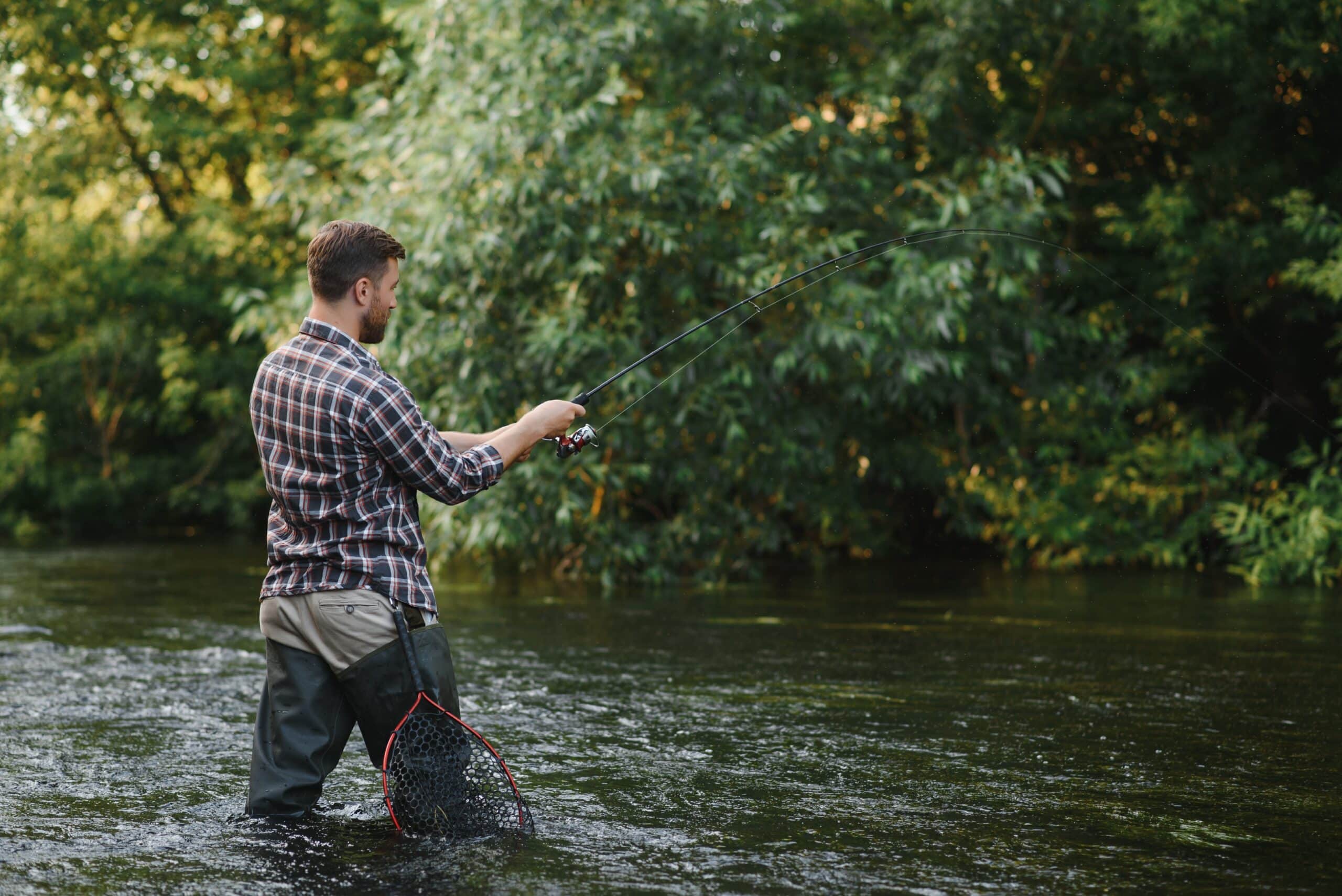Do You Fly Fish Upstream or Down?
Key Takeaways
- Fishing upstream allows anglers to cover a larger area of the river or stream, increasing their chances of encountering fish.
- Upstream fly fishing requires accurate casting skills and careful consideration of the current and fish’s location, providing a greater challenge and sense of accomplishment for experienced anglers.
- Downstream fly fishing is easier and more relaxing, as the current helps carry the fly naturally downstream, making it easier to present the lure to the fish. It is also beginner-friendly and mimics the natural movement of insects or other prey.
Fly fishing is a popular angling technique that involves using artificial flies to lure fish. One common question among fly anglers is whether to fish upstream or downstream. Both approaches have their advantages and disadvantages, and the choice ultimately depends on individual preferences and experience level. Let’s explore the benefits and considerations of both upstream and downstream fly fishing.
The Advantages of Upstream Fly Fishing
When fly fishing upstream, anglers cast their line in the direction of the current and allow the fly to drift downstream. This method offers several advantages:
- Better Coverage: Fishing upstream allows anglers to cover a larger area of the river or stream. As they move along the water, they can continuously cast their line to explore different sections, increasing their chances of encountering fish.
- A Greater Challenge: Upstream fly fishing requires accurate casting skills to hit the desired spot. The angler must carefully consider the current and the fish’s location to place the fly in the most enticing position. This challenge can provide a greater sense of accomplishment for experienced anglers.
The Advantages of Downstream Fly Fishing
Contrary to upstream fishing, downstream fly fishing involves casting the line downstream and slowly retrieving it back towards the angler. Here are the advantages of this method:
- Easier and More Relaxing: Downstream fly fishing requires less guesswork in terms of getting the lure to the right spot. The current helps carry the fly naturally downstream, making it easier to present the lure to the fish. This method can be more relaxing, as there is no need for constant movement along the river bank.
- Natural Movement: When fishing downstream, the angler retrieves the fly at a slower pace, mimicking the natural movement of insects or other prey. This slower retrieval increases the chances of attracting fish, as it appears more natural and enticing.
- Beginner-Friendly: Downstream fly fishing has gained popularity as a method suitable for beginners. Its simplicity and ease of execution make it a great introduction to the world of fly fishing.
Considerations for Upstream Fly Fishing
While upstream fly fishing offers several advantages, there are some considerations to keep in mind:
- Accurate casting skills are essential to hit the desired spot when fishing upstream. Anglers need to practice their casting technique to ensure their fly lands where they intend it to.
- Fishing upstream may require more effort, as anglers need to constantly move along the river bank to cover a larger area. This constant movement can be physically demanding, especially in larger rivers or streams.
Considerations for Downstream Fly Fishing
While downstream fly fishing has its advantages, it is important to consider the following:
- When fishing downstream, the fly is retrieved towards the angler, potentially resulting in a less natural presentation. However, this can be mitigated by adjusting the retrieval speed and employing techniques to mimic natural movement.
- Compared to upstream fishing, downstream fly fishing covers a limited area of the river or stream. This method may not be as effective in exploring different sections of the water body.
Choosing the Right Approach
The decision between fishing upstream or downstream ultimately depends on personal preferences and experience level. Some anglers enjoy the challenge and sense of accomplishment that comes with upstream fishing, while others prefer the ease and relaxation of downstream fishing. Beginners often find downstream fishing more accessible and user-friendly.
Regardless of the chosen approach, it is important to practice proper casting techniques, study the behavior of the target fish, and understand the water conditions to increase the chances of success.
Related Websites:
FAQs:
Q: What is fly fishing?
Fly fishing is a method of angling that uses artificial flies to entice fish. It involves unique techniques and equipment specifically designed for this type of fishing.
Q: What is the difference between upstream and downstream fishing?
Upstream fishing involves casting the fly upstream and letting it drift naturally towards the fish, while downstream fishing involves casting the fly downstream and retrieving it back towards the angler.
Q: Which fishing technique should I choose?
The choice between upstream and downstream fishing depends on various factors. Understanding fish behavior, feeding patterns, and the water conditions can help determine the best approach for a successful fishing experience.
Q: What are some tips for successful upstream fishing?
To succeed in upstream fishing, it’s essential to read the water and identify the best spots for casting upstream. Proper casting techniques and controlling the drift of the fly are also crucial skills to master.
Q: What are some tips for successful downstream fishing?
To excel in downstream fishing, it’s important to effectively cast and present the fly downstream. Mastering retrieval techniques that imitate natural movement is also key to enticing fish.






